Once again, Venice proves to be one of a kind: the words Venetian use to describe places and streets in Venice are unique to the city.
Indeed, while the rest of Italy typically uses “strada” and “via” to describe “roads” and “streets”, the terms “strada” and “via” in Venice are only used once each: Strada Nuova and Via Garibaldi.
So, you might be wondering:
How do Venetians call their streets, canals and squared then?
Street names in Venice
Venice has many different types of street names, square names, and canal names.
While, on the one hand, it sounds complicated and quite a nightmare to learn all the different toponyms, on the other hand, the names will tell you a lot about the history of a place.
In other words, if you have time, learn the street names in Venice: it’s fun and will be quite useful.
Indeed, Venice has a distinctive urban design because it is completely surrounded by water. Therefore, the city can completely throw off your sense of direction, especially if this is your first visit.
Below, we’ll list and explain all the different types of streets, squares, and canals in Venice.
Before we do that, however, let us remind you of the three most common “types” of names in Venice:
- Calle
- Ponte
- Campo
You have heard those names before, haven’t you?
Venice street names
To help you scroll more easily through this list, we put the streets, squares, and canal names in alphabetical order.
Ca'
In Venetian, the word ” ca’ ” stands for “casa”, home.
In Venetian toponomy, therefore, “ca'” refers to a house, building, or palace.
In many cases, “ca'” is followed by the name of a Venetian family that lived in the building, such as Ca’ Rezzonico or Ca’ Pesaro.
Exceptions to the rule are, for example, Ca’ d’Oro and Ca’ di Dio.
Calle
Calle is the typical name for a street in Venice.
Indeed, there are approximately 3,000 so-called calli (calli is the plural of call).
The term derives from the Latin callis, which means “path.”
How does a typical calle look like?
A Venetian calle is a street, often quite narrow, that has buildings on both sides.
Those buildings could either be shops on the ground floor and apartments above them, or only apartments, or the back of a church, etc.
The names of the calli are frequently associated with the workers and the jobs that were undertaken along these streets. Therefore, one can find several ovens streets “calle del forno”, stonecutters “tagiapiera”, milkman “pestrin”, blacksmiths “fabbri”, barrels makers “botteri”, apothecary “spezier”, and cloths “rasse.”
Other alleys have religious names or refer to roadside shrine, such as Calle del Cristo, Calle della Madonna, and Calle del Paradiso.
Finally, some street names referred to the then local noble families, such as Calle Dolfin, Calle Vallaresso, Calle Cavalli, Calle Priuli, and many others.
Campo
In Venice, “campo” is a Venetian square, typically surrounded by houses.
The word “campo” in English, means “field”, and that’s for a good reason: for centuries campi (campi is the plural of campo) were cultivated fields with homes around them and often with a water well at their centre.
At the time of the ancient Republic of Venice, the social, commercial and religious life revolved around the field. Indeed, numerous activities happened daily on the Venetian campi: the market, artisans’ workshops, the church with religious services, children’s games, water supply and, sometimes, burials. In fact, some campi, such as Campo Sant’Angelo, were also used as local cemeteries.
Over time, however, city services were centralised, and the social role of the campi became less relevant.
Today, Venetian campi as Campo Santa Margherita can be very lively places, with the outside tables of bars and restaurants, market stalls selling fresh fish, fruits, and vegetables, or children learning to ride a bike and playing football against the ancient Venetian buildings.
Other campi, such as San Lorenzo, are very quiet and make for a great place to escape the crowds of tourists coming to visit the city’s landmarks.
Campiello
A “campiello” is like a “campo”, but smaller.
Everything we wrote for the “campo” is true also for the “campiello.”
Corte
A “corte” is very similar to a “campiello”, but with only one access to it.
Most “corti” (“corti” is the plural of “corte”), had a water well in the centre and were used as vegetable gardens by the families living around it.
Cortile
A “cortile” is an inside courtyard and is typically be found inside bigger buildings. One such example is the courtyard of the Doge’s Palace, the most important Palace in Venice.
Most “cortili” (“cortili” is the plural of “cortile”), had a private water well in the centre.
Fondamenta
In Venice, a “fondamenta” is a street that has water on one side.
On the other side of the “fondamenta”, there can be a wall or, most commonly, buildings with shops, workshops, bars and restaurants.
It’s worth pointing out that not all “fondamente” (“fondamente” is the plural of “fondamenta”) look the same.
In fact, some of them have a wall or railing to separate the streets from the water. Others do not, and only have a white stripe of Istrian stone to visually signal the edge of the street.
The other function of “fondamente” is that they offer the most desirable mooring spots in Venice and are used by bigger boats to load and unload their goods. It is also used by garbage boats to collect the garbage that garbage collectors have picked up on foot.
Lista
A very interesting and very specific Venetian street name is the Lista.
Lista refers to the white stones that can be found on the pavement in front of certain Venetian buildings.
At the times of the Republic of Venice, the Serenissima, these stones around a specific building denoted the area within which the ambassador had diplomatic immunity.
Piscina
Another Venetian toponym is “piscina”.
Although the literal translation means “pool”, piscine (piscine is the plural of piscina) didn’t serve as swimming pools.
Instead, “piscine” were areas that flooded during high tides and would contain plenty of fish imprisoned when they dried up again as the water receded during low tides.
This way, Venetians could have a source of free fresh fish with very little effort.
Today, these areas have been filled with ground and have become normal streets. But, their old names still survive.
Ponte
A “ponte” in italian is a bridge.
There are 391 bridges in Venice that are made either of stone, wood, or metal and can be very small or very big.
The most famous bridges are the Ponte di Rialto, Rialto Bridge in English, and the Ponte dei Sospiri, Bridge of Sighs in English.
Other important bridges are the Ponte dell’Accademia, Ponte degli Scalzi and Ponte della Costituzione (often referred to as Ponte di Calatrava, reminding us all of the name of the architect that designed this bridge which needs more maintenance and constant expenses than any other bridge in Venice…)
Ramo
The literal translation for the word “ramo” is “branch” in English.
In Venice toponomy, a “ramo” is a small side street that often leads to a dead end, such as towards a canal without a bridge.
For tourists a “ramo” sounds like a bad thing to come across. For Venetians, on the other hand, a “ramo” is often a great place where to moor their boat and unload what they are transporting.
Rio
“Rio” (the plural is “rii”) is the one term you should remember if you want to pass as a Venice expert. Why?
Because, while the rest of Italy calls a canal “canale”, Venetians use the word “rio” instead.
In other words, in Venice (almost) every waterway that has buildings or a street on both sides must be called “rio.”
There are, of course, a few exceptions to this rule: the Grand Canal, the Canal of Cannaregio, and the Giudecca Canal.
These canals do have buildings on both sides, but they are called “canale” instead of “rio” to differentiate them from all other canals.
Venetians call them with a different term because they are far longer, broader, deeper and more important than all other minor canals in Venice. A bit like we call some roads a street, while others are called a highway to differentiate one from the other.
Rio terà
Since you just discovered the meaning of the word “rio”, you might be tempted to think that a “rio terà” is another type of canal.
It is not.
While “rio” means canal, the Venetian toponym “rio terà” means “rio interrato” in Italian, “filled in canal” in English.
Indeed, a “rio terà” is a type of Venetian street that once used to be a canal.
These works made it easier to move around Venice on foot.
The first “rio terà” dates back to 1398, when the “Rio della Maddalena” in Cannaregio was interred and became “Rio Terà della Maddalena”.
While a few canals were interred during the course of centuries by Venetians, after the end of the Venetian Republic, foreign rulers interred more canals than ever before:
28 canals were filled in from 1816 to 1866, when Venice became part of the newly formed Italian Reign. These works might have taken place because foreign rulers were less used to moving around by boat all the time and preferred to have paved roads instead.
Riva
While a “riva” is exactly the same as a “fondamenta”, the term “riva” is reserved in the town toponymy for the embankments that line the Grand Canal and the San Marco Basin.
In fact, during the Republic of Venice, those shores were the most important ones in the city as they served as docks for merchant ships conducting trade in the Mediterranean basin.
This explains why the banks of a “riva” have a much greater width than common “fondamente” and are always devoid of parapets.
Some of the most famous “rive” (“rive” is the plural of “riva”) are the Riva degli Schiavoni, just next to the Doge’s Palace, and the Riva del Vin and the Riva del Carbon next to the Rialto bridge.
Ruga
A “ruga” is a particular type of Venetian alley, or “calle”.
A “ruga” in Venice was a street with compacted soil on which one could walk without dirtying his or her shoes and with shops on both sides. The name is thought to be coming from the French word “rue”, street.
One famous “ruga” in Venice is “Ruga Vecchia San Giovanni”, also known simply as “Ruga Rialto” by Venetians.
Salizada
A “salizada” is yet another particular type of Venetian alley, or “calle”.
“Salizade” were the first paved roads in Venice, and their name derives from the Venetian name of the stone they used to do that, the “salizzo” or “flint” in English.
Since then, their name has never changed and today Venice still has “salizade” (salizade is the plural of salizada), reminding us that those were the oldest paved roads in ancient Venice.
Sestiere
“Sestiere” is the way districts are called in Venice.
Traditionally, Romans built two main roads at a 90° angle with each other that divided their cities and their military camps into four districts.
These four districts were called “quartieri” (“quartieri” is the plural of “quartiere”) or “quarters” in English, from the latin word “quartus”, one fourth.
Similarly, the Venetian word “sestiere” means one-sixth as the city was divided into six different districts. Indeed, while Roman cities and military camps had a clear and defined structure, Venice had a much more complicated urban design.
To this day, the six districts of Venice, three of which are below the Grand Canal and three above it, have retained their original names:
- San Marco
- Castello
- Cannaregio
- San Polo
- Dorsoduro
- Santa Croce
Sotoportego
In Venice, a “sotoportego” is a tunnel.
Unlike on a highway, however, this passageway leads through the ground floor of a building!
There three main types of “sotoporteghi” (“sotoporteghi” is the plural of “sotoportego”):
- A “sotoportego” that connects to a “courtyard”, a “campo”, or a “fondamenta”
- A “sotoportego” that leads to a canal, and often has a place for boats to stop and unload their load.
- A “sotoportego” that runs along a canal, thus creating a stretch of covered street (very useful it it suddenly starts raining in Venice!)
By reading this long article, you should now know the meaning and story of all the different Venetian toponyms.
From calle to fondamenta, from sestiere to ruga, you should now be able to know the present and the past of the places you are exploring.
It may not be enough to be able to navigate the city like a local, and you will probably lose yourself several times. But getting lost is, perhaps, one of the most enjoyable things to do in Venice… and now you’ll know the ancient origin of the place where you just got lost.
I'm visiting Venice. Why should I follow your recommendations?
The way you visit Venice has an impact both on the quality of your experience and on Venice itself. Chilling, exploring, shopping, eating and drinking where the locals do, can make a huge impact both on the memories you bring home and on the local economy and community.
Home >> Venice and Venetians >> Venice Explained >> You’re Here
Facts, Curiosities, History of Venice, Italy
More about life in Venice, Italy



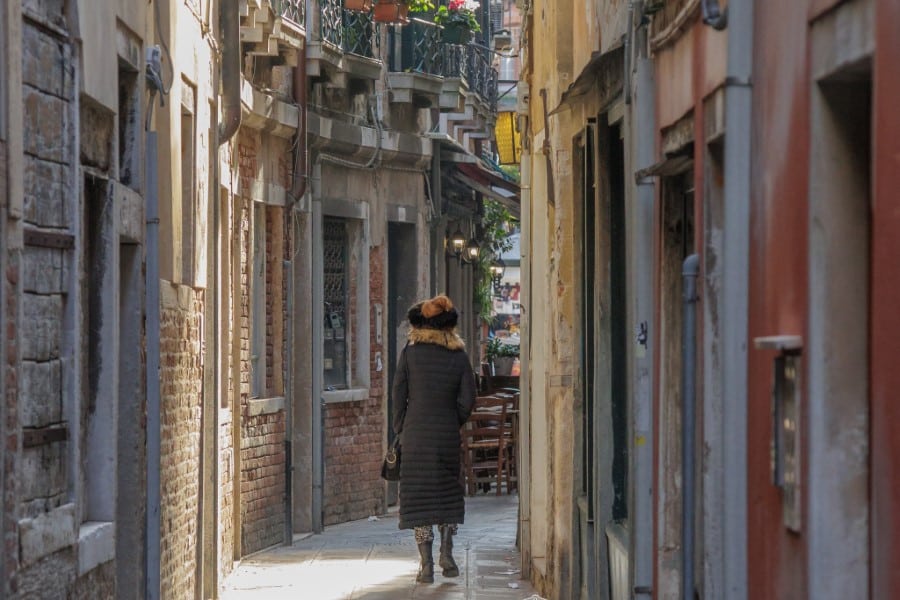


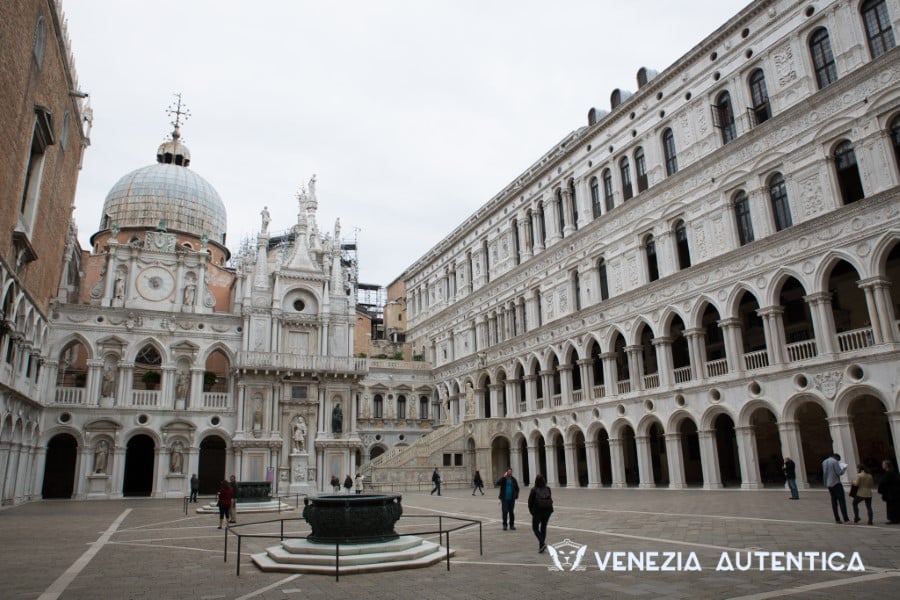


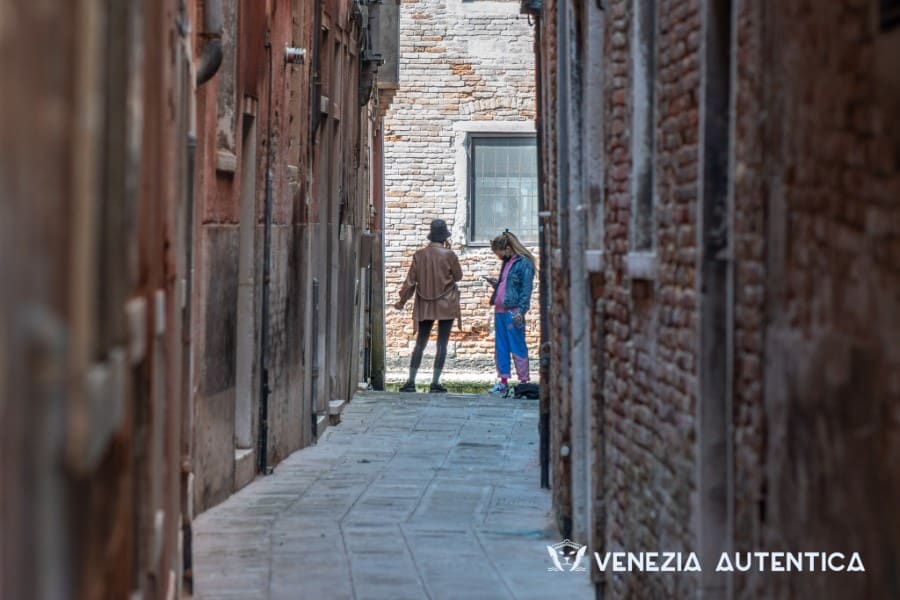
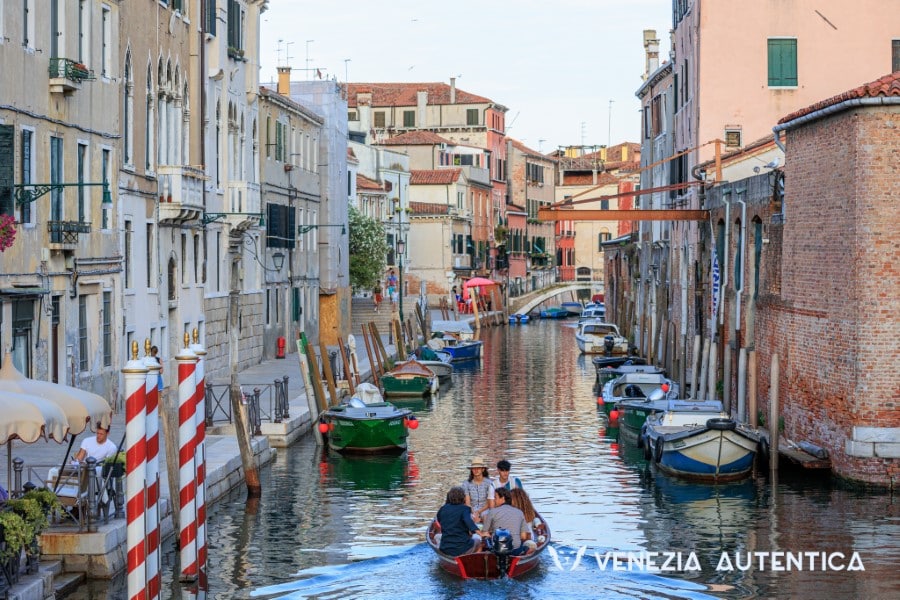


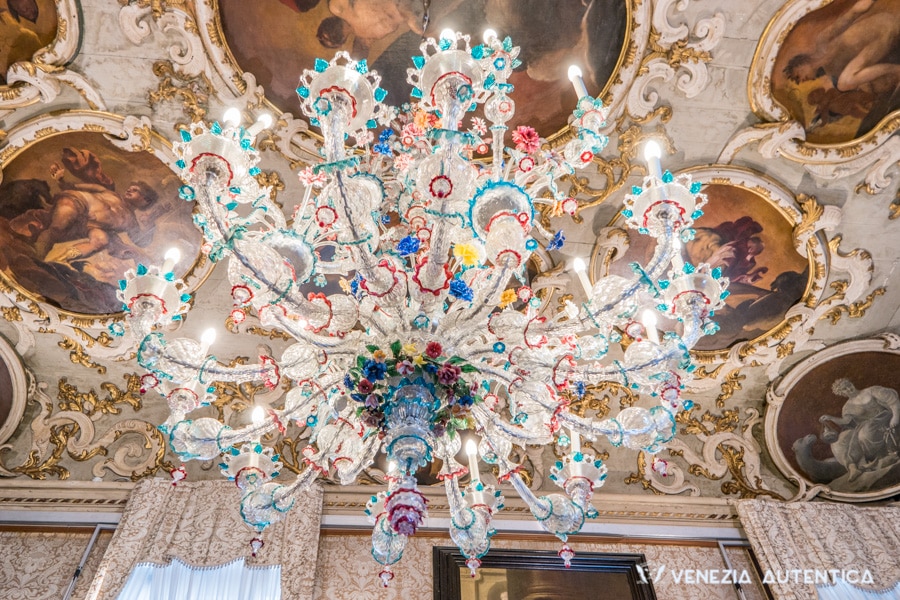

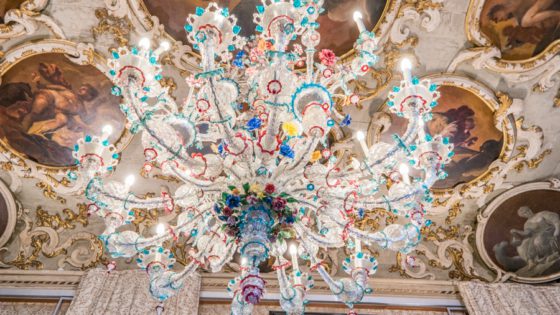
![Everything about the amazing Grand Canal in Venice, Italy [ARTICLE + 360° VIDEO] - Venezia Autentica | Discover and Support the Authentic Venice Grand Canal in Venice](https://veneziaautentica.com/wp-content/uploads/2016/10/Grand-Canal-Venice-560x315.jpg)
![Saint Mark's in Venice: introduction to its amazing Landmarks [Article + 360° VIDEO] - Venezia Autentica | Discover and Support the Authentic Venice Area Marciana, or Saint Mark's Area, in Venice, Italy](https://veneziaautentica.com/wp-content/uploads/2016/11/SAM1911-560x315.jpg)